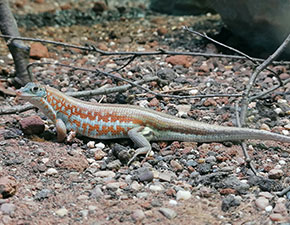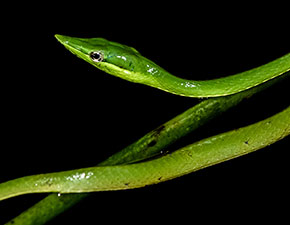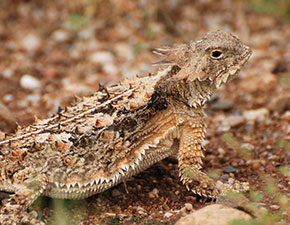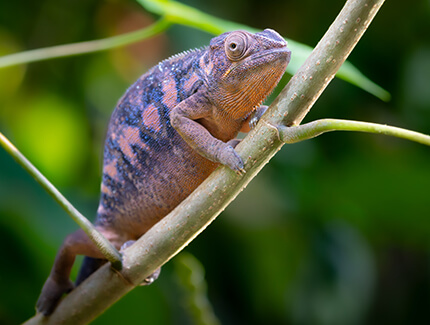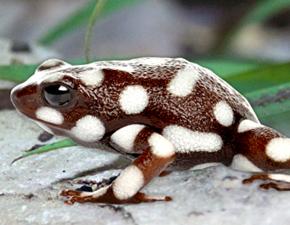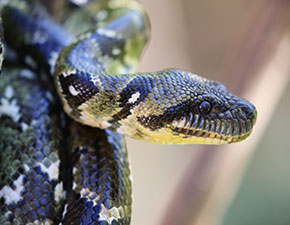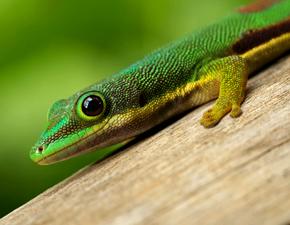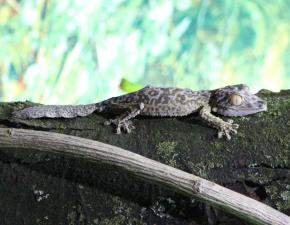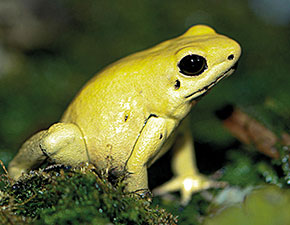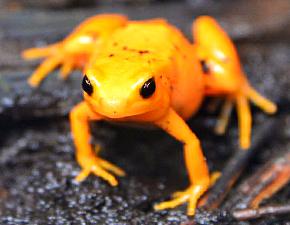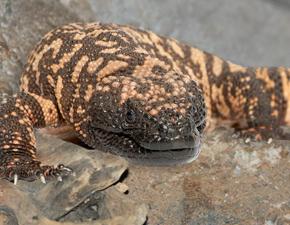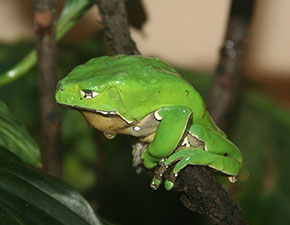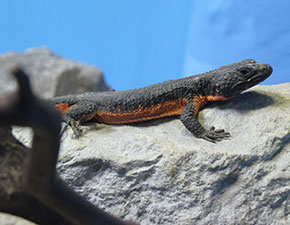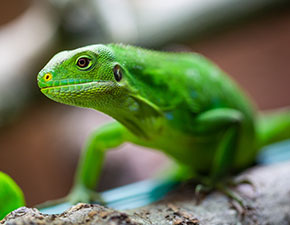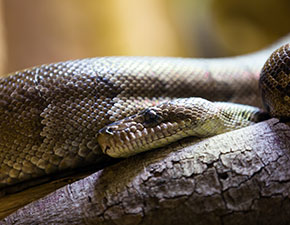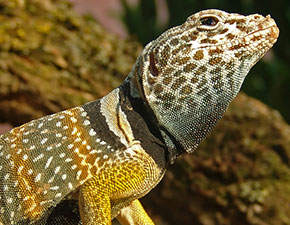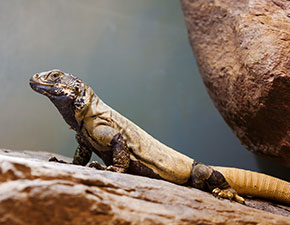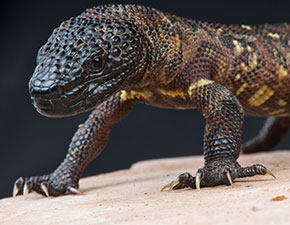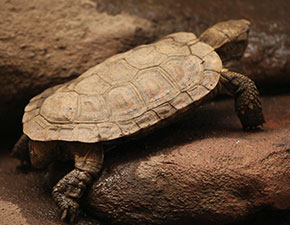Western Hognose
Heterodon nasicus
IUCN red list status:
Least Concern
For more informations, please visit iucnredlist.org
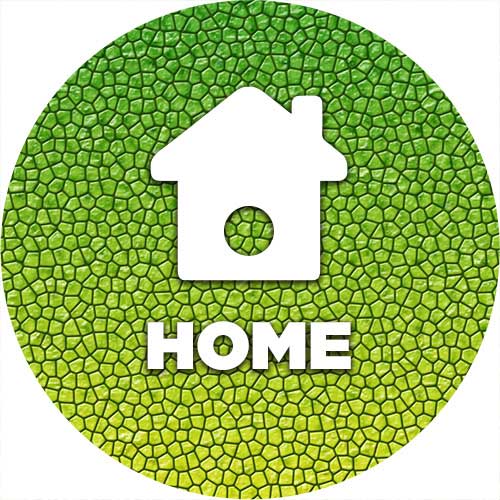
The Western Hognose can be found from Southern Canada, through the United States to northern Mexico.

Primarily feeding on toads, but will prey on other amphibians, lizards and eggs.
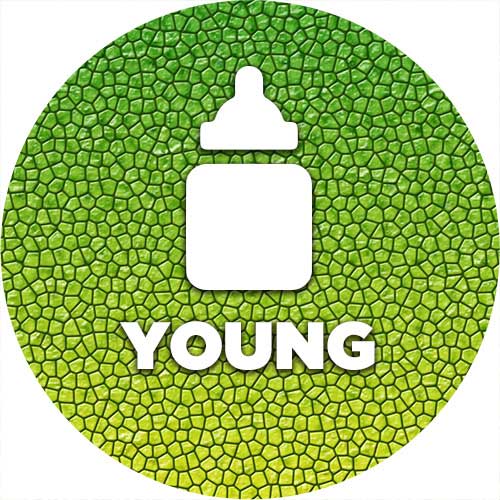
Females lay on average 4-20 eggs per clutch, which hatch after 50-65 days.

Western Hognose snakes can live 10-20 years.
Western Hognose
About the Western Hognose
The Western hognose snake is native to North America. Their colour and pattern is highly variable between subspecies, although most specimens appear much like rattlesnakes! Western hognose snakes are usually brown or light olive green in colour with darker dorsal spots. Males are considerably smaller than females. The most noticeable feature on the western hognose snake is their upturned, pointed snout.
The western hognose snake uses its upturned snout to burrow through the earth in search of toads, its main food. Other food includes frogs, lizards, mice, birds, snakes and reptile eggs. The western hognose snake uses a slightly toxic saliva to help subdue its prey, yet this is not dangerous to humans.
Did you know?
When warding off predators’ hognoses flatten their heads and hiss loudly to mimic the sound of a rattlesnake, which they resemble. However, if this doesn’t work they will ‘play dead’ by rolling onto their back, mouth open, remaining motionless.
